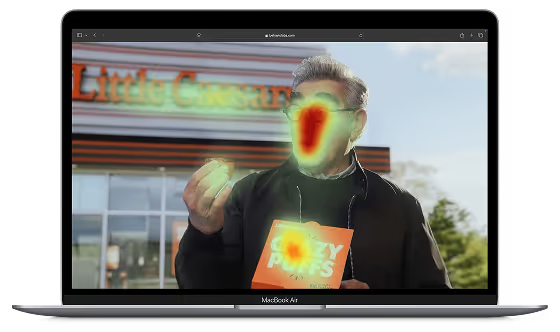When your brand expands into new countries, your marketing has to do more than translate; it has to resonate.
What makes sense in one market might not work in another. So how can brands stay consistent while adapting to different audiences?
The answer lies in understanding how your brand is actually perceived across markets and using that insight to shape your communication.
Why “one size fits all” doesn’t work in marketing
Even the best global campaigns need local nuance. A message about adventure might inspire travelers in the UK, but people in Greece might respond better to reliability or price.
Cultural context, market maturity, competition, and brand familiarity all play a role in how your message lands. That’s why brands expanding into multiple markets need to know:
- How aware people are of their brand,
- What associations they have with it,
- And whether local campaigns are actually moving those perceptions.
Without that understanding, it’s easy to overspend in strong markets and underserve the ones that need more attention.
How Kiwi.com adjusted its message across six markets
A great example of this approach comes from Kiwi.com, a Czech travel-tech company that turned flexible brand tracking into a way to fine-tune messaging across Europe.
As Kiwi.com grew, it faced a familiar challenge: each market was at a different stage of brand maturity. In Slovakia, awareness was high, but purchase intent lagged. In Spain, competition was fierce, and Kiwi.com was still the newcomer.
Running the same message everywhere wouldn’t have worked. So Kiwi.com focused on understanding what people in each country really thought about the brand, and how their perception changed after campaigns launched.
By using Behavio for flexible brand tracking, they could measure awareness and brand associations around specific campaign timings — sometimes before, sometimes after, always fast.
This approach let them see what was working where: when awareness dropped in one market, they responded with a targeted brand push. The next tracking wave showed a clear lift.
Lessons from Kiwi.com’s Approach
- Adapt to the market’s stage of maturity: Don’t assume your brand is starting from the same point everywhere. Markets with low awareness might need more education, while mature markets might respond to emotional storytelling or loyalty-focused messaging.
- Use data to guide creative decisions: Instead of guessing what message fits, use brand tracking data to see what people actually associate with your brand and what they don’t. Tailor your campaigns based on those insights.
- Stay flexible with timing: Campaign schedules shift. Your measurement approach should too. Kiwi.com’s ability to move tracking waves with campaigns gave them a clear before-and-after view without waiting months for results.
Final thoughts
Tailoring your marketing to different markets doesn’t mean reinventing your brand every time. It means listening, and letting real data show how people perceive you, what they value, and where your message connects (or doesn’t).
Kiwi.com’s story shows that when you align local insights with brand consistency, you get more than a campaign that travels. You get a brand that grows.
Want to try out their approach for your brand? Book a demo to see how Behavio helps leading brands prove business impact with behavioral science.
Frequently asked questions
Because audiences in each country have different motivations, habits, and cultural contexts. A message that inspires curiosity in one market might fall flat or even confuse another. Adapting your communication ensures your brand feels relevant everywhere it appears.
Use brand tracking and pre- and post-campaign testing to see how awareness, brand associations, and purchase intent change over time. Comparing these metrics across countries helps you learn what’s driving growth where.
Not necessarily. Start with a consistent brand idea, then localize elements like messaging, visuals, or emotional tone. Even small adjustments, like emphasizing reliability in one market and adventure in another, can make a big difference.





.png)





.avif)








